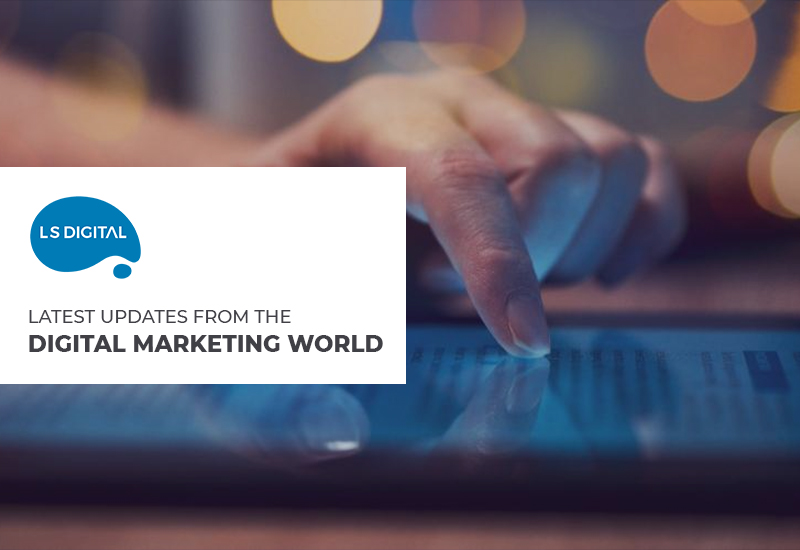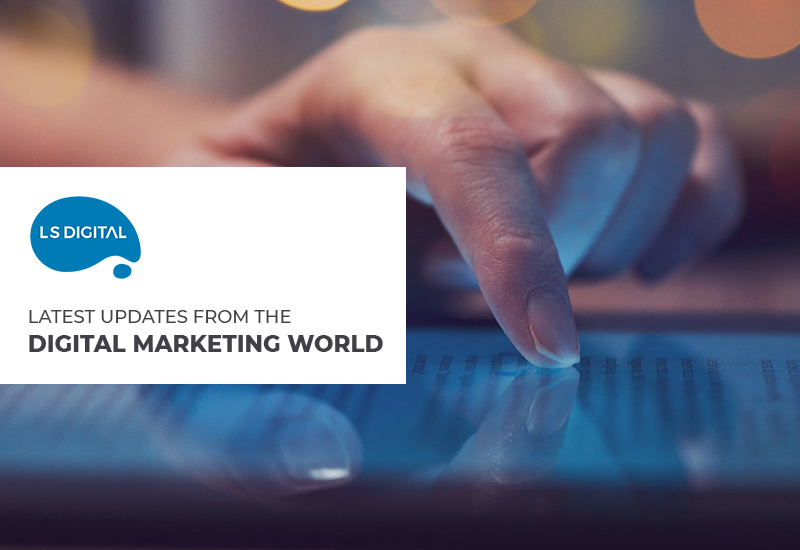If there is one field that made pioneering use of AI and machine learning, it’s Digital Marketing. The sector has gone from investing in print ads that reached a generic audience, to contextualising every ad that a digital user comes across.
That’s the power of digital media buying that every digital marketer worth their salt is leveraging. Whether it is social media advertising or display ads, investing in media buying is an effective strategy.
As technology and trends keep evolving, so does the state of buying media online. Here are 6 aspects of online media buying that every business owner and digital marketer holding should be aware of:
- Optimise your target audience
With programmatic advertising enabling nuanced audience targeting, it has become easier to reach the “right” set of digital users. Ensure that as a digital marketer you set the most appropriate parameters when targeting a particular set of online users. Not only will it increase brand awareness but also lead to more conversions. Discuss with your marketing team the pros and cons of investing in RTB or direct programmatic advertising. Your needs may change, and so will your strategy. Like a good scout, be prepared for any change!
- Be cautious of brand placement
Imagine your ad for baby clothing appearing on pharmaceutical websites promoting contraception. Not only will this mixed messaging put off the website visitors but also prime their minds to think negatively about your fashion brand. To avoid such an embarrassing and counterintuitive scenario, it is best to reduce the number of layers in your media buying process. Also, insist on procuring a white-list and a black-list from your publisher. These contain a list of ‘acceptable’ websites such as those that use bot filtering tech, post genuine news, have authentication processes in place, etc. You certainly wouldn’t want your ad to be placed on a blacklisted website that is known to publish fake news, would you?
- The prevalence of ad fraud
Thought your ad was going to be displayed on www.thehindu.com but ended up being on www.thehindi.com? One of the unresolved pitfalls of programmatic advertising is the lack of awareness of where the brand’s ads will appear. Thankfully, there are tools such as ads.txt that help media buyers identify only authentic digital sellers.
- Call for standard metric for performance
While one digital marketer talks about the impressive CTCs they have been able to garner with their campaign, another might focus solely on conversions, while a third will rave about the impressions. While there are tens of metrics to measure performance of an online media advertising campaign, the need for a consistent metric has become more pronounced in the last few years. In spite of the Internet Advertising Bureau delineating metric guidelines, many digital marketers use their own metrics. With the growing call for consistency, it is about time all stakeholders reach a consensus and follow the guidelines.
- Growing in-house media buying
As we mentioned earlier, having fewer layers in the media buying process helps avoid fraud and maintain integrity. An in-house media buying team equipped with the latest technology can effectively collaborate with the digital design team to produce a far more creative campaign that teams working in silos. It also helps to keep an eye on the budget.
- Consider ad space before creation
It is important to know the nature of ad space your brand will get; is it a landscape or portrait display? Advertising bathroom fittings will work much better on a portrait ad than otherwise. Hence, knowing the context and nature of your ad placement is crucial before embarking on creating an ad campaign.
Get the best out of your digital media buying by keeping in mind the aforementioned pointers.
Stay updated on the latest trends in digital media buying by reading here!



